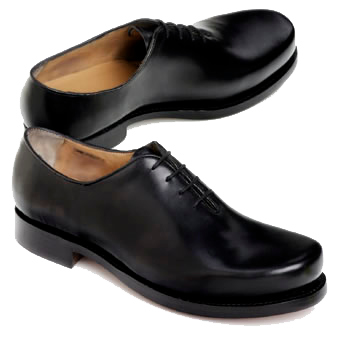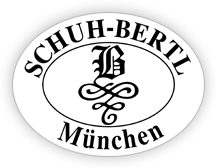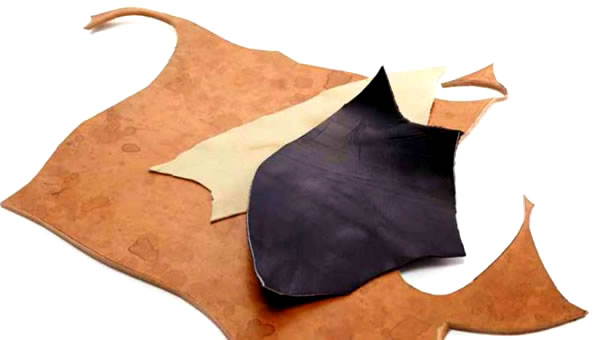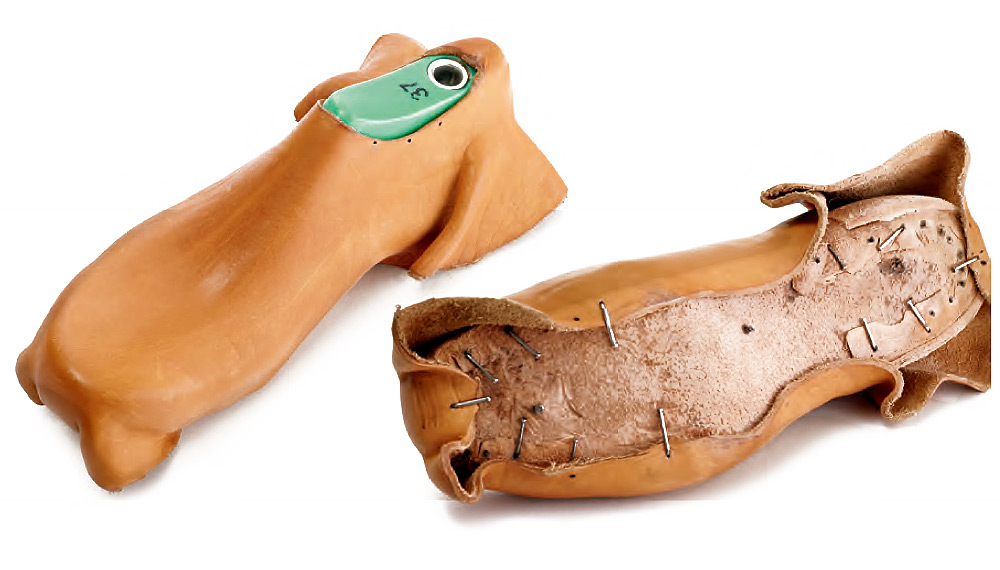Quality and knowledge
Based on the original shoemaking craft, the quality of our products comes first. This is especially true for the development, materials and production of our shoes.
We incorporate our knowledge into stitched footwear, as well as handmade one-piece shoes and traditional haferl shoes.
You feel it on your foot and remember it even after years of wearing it.
![]()
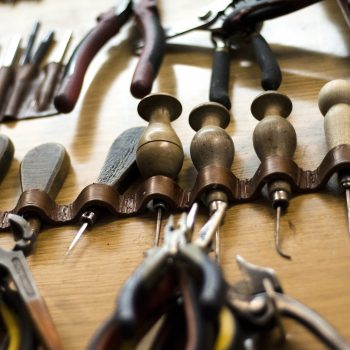
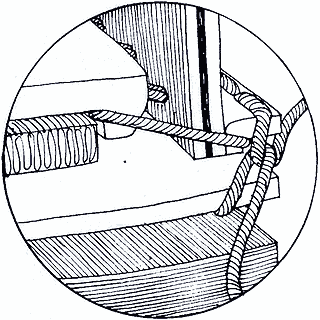
The ‘Rahmennaht’ (Goodyear welted)
The ‘Rahmennaht’ technique combines excellent durability and repairability with the comfort of individual fitting.
When the shoe is finished, the seam is hidden on the inside of the shoe and is not visable from the outside. The sole is stiched onto the outer edge.
This second seam is called the ‘double seam’ and is visable on the ‘Rahmennaht’ shoe.
The ‘Zwienaht’ (twisted seamed)
The ‘Zwienaht’ technique was developed about 250 years ago, for mountain farmers and woodsmen who had to work under extreme conditions.
Originally ‘Zwienaht’ shoes were made exclusively by hand. Today however the work is done by machines without any loss to quality whatsoever.
However it’s the shoes performance that’s important and the advantages of the robust durability this technique has to offer.
![]()
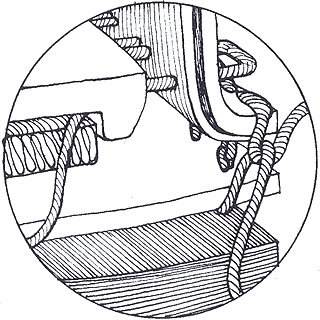
One-Piece Haferl shoes
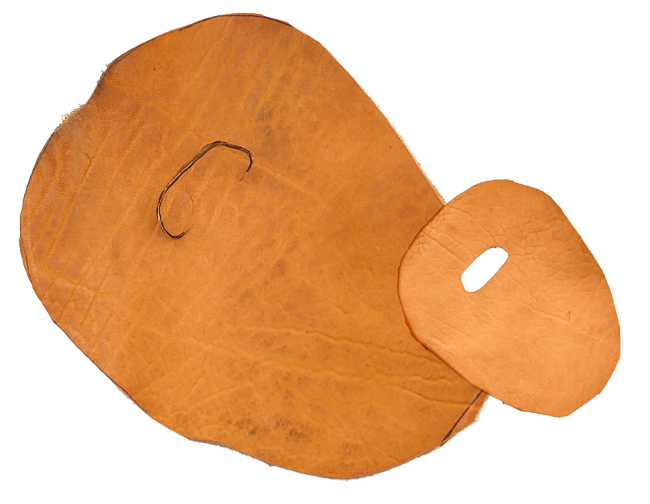
Of one piece of leather – to the finished shoe
Bertl is one of few who builds Haferl shoes from a single piece of leather without stitching, in the historic-original construction method with a seamless shaft in wood-nailed design.
![]()
The cut-out, warm-wet shaft, with the later entry opening cut out, is provisionally pulled over the last and temporarily fastened to the insole with nails.
The wet upper part, pulled completely over the groin, whose nails are fixed to the last so that the shaft does not deform and pull down, must also be fixed to the bottom of the insole.
After drying, the nails are removed at the entrance, the fixing nails on the floor are gradually replaced by a seam that holds the upper leather to the insole.
The cut for the lacing is made and the outsole finally nailed with wooden pencils.
The result is a seamless, one-piece leather Haferl shoe, a masterpiece of traditional shoemaking.
![]()
